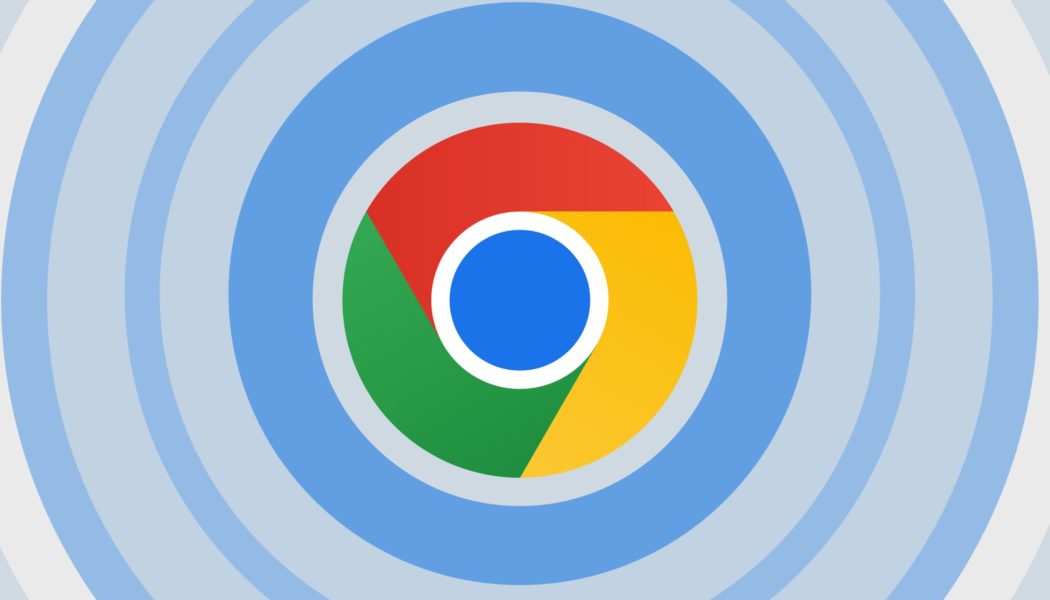With Chrome 113 web apps may get more access to your graphics card.

Google has announced that WebGPU, an API that gives web apps more access to your graphics card’s capabilities, will be enabled by default in Chrome 113, which is due out in around three weeks. WebGPU will be available on Windows PCs that support Direct3D 12, macOS, and ChromeOS devices that support Vulkan.
According to a blog post, WebGPU can let developers achieve the same level of graphics they can now with far less code and provides “more than three times improvements in machine learning model inferences.” That last one is a real kicker — improved machine learning performance was interesting in 2021, when the feature was added to Chrome on an experimental basis, but now that we’re in the age of generative AIs and large language models, it could be even more of a boon. While services like Google’s Bard and Microsoft’s Bing don’t really take advantage of your local hardware, there is plenty of room for cool machine learning applications that do.
It could also, of course, let developers write better-looking games for your browser. Babylon.js has a pretty impressive demo you can run if you’re using the Chrome Beta.


Google says that this month’s release “serves as a building block for future updates and enhancements,” promising “more advanced graphics features” and “deeper access to shader cores” in the future, along with improvements to how you actually develop content that runs on WebGPU.
The API has been in the works for quite a while. It was designed in 2017 and development for it has been ongoing since then. It’s also not a Chrome-only standard; in the future, it should also be available in Firefox and Safari as well. Google says it’s working on expanding its implementation to support more operating systems, like Linux and Android.
In other Chrome news, on Wednesday Google announced that it’ll try to get future releases of the browser out the door faster. While the stable releases won’t be coming out any earlier (and, in fact, their release schedule has been pushed back a week), Google plans to “feature freeze” them later, shortening the time between when developers stop adding new stuff to the build and when the general public gets it. This should help smooth the development process out.









